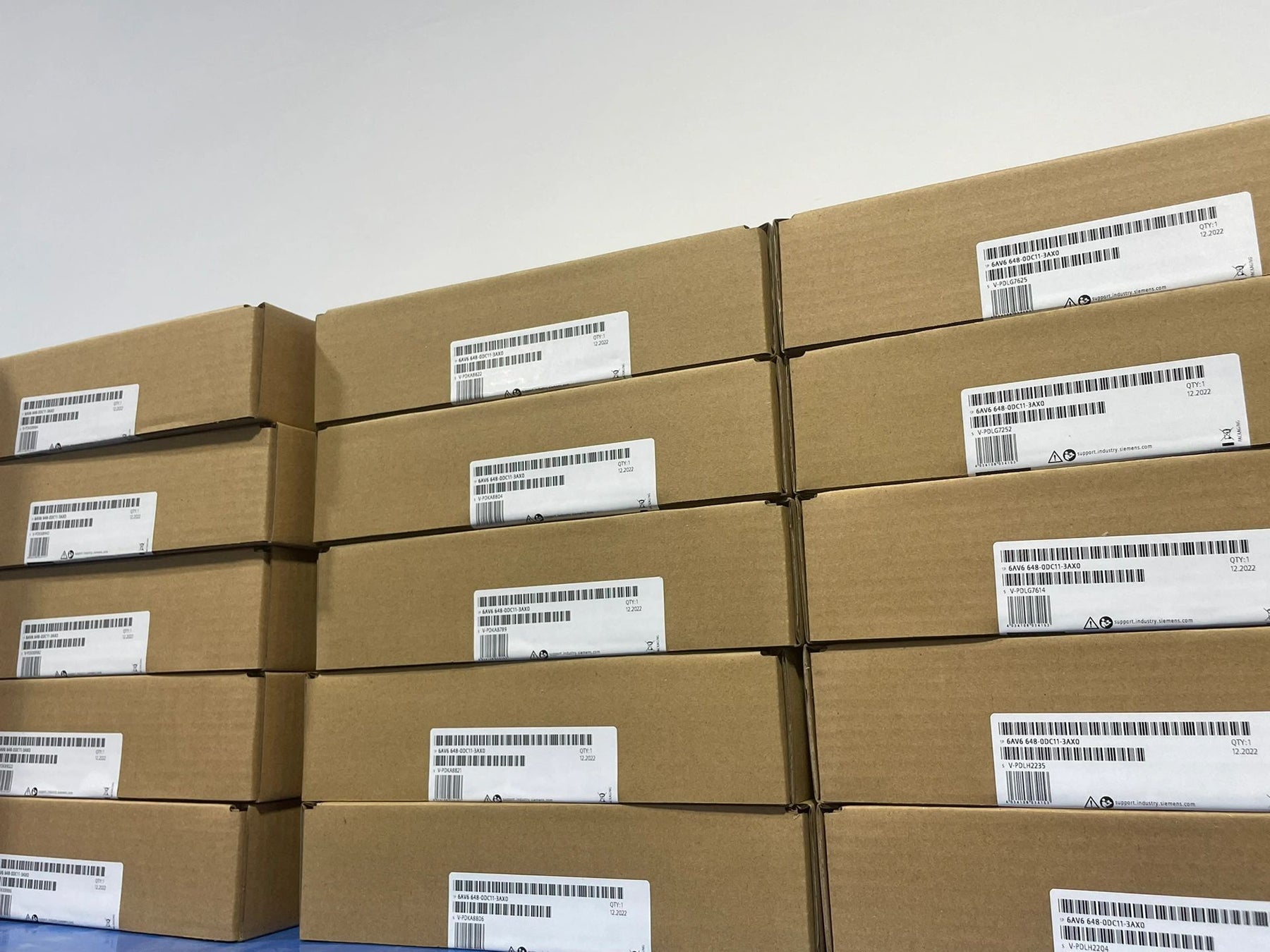ThompsonJames

What is PLC (Programmable Logic Controller) and How Does it Work?
If you are in the manufacturing or industrial automation industry, you may have heard the term PLC or Programmable Logic Controller. But what exactly is a PLC and how does it work? In this article, we will explore the fundamentals of PLC and its importance in industrial automation.
A Programmable Logic Controller, or PLC, is a specialized digital computer used to control and automate various processes in industrial settings. PLCs are designed to replace traditional relay control systems and provide greater flexibility, reliability, and efficiency.
At its core, a PLC consists of three main components: a CPU (central processing unit), input modules, and output modules. The CPU is responsible for processing the input signals, executing the control program, and sending commands to the output devices. The input modules receive signals from sensors and switches, while the output modules control actuators and devices such as motors, valves, and solenoids.
One of the key advantages of PLCs is their ability to be programmed and reprogrammed easily. The control program, written in a specific programming language like ladder logic or function block diagram, allows users to define the desired behavior of the automation system. This flexibility makes PLCs suitable for a wide range of applications and allows for quick modifications and updates as per the changing requirements of the process.
PLCs also offer advanced functions and features such as monitoring and diagnostic tools. These tools provide real-time data and enable operators to monitor the performance of the system, detect faults or issues, and take appropriate actions to ensure smooth operation. This not only improves productivity but also reduces downtime and maintenance costs.
Additionally, PLCs are known for their robustness and reliability. They are built to withstand harsh industrial environments, including extreme temperatures, vibrations, and electrical noise. PLCs are also equipped with backup batteries to retain the control program and data in case of power outages, ensuring continuous operation and preventing data loss.
The integration capabilities of PLCs play a crucial role in the automation process. PLCs can communicate with various devices and systems such as Human Machine Interfaces (HMIs), Supervisory Control and Data Acquisition (SCADA) systems, and other PLCs. This allows for centralized monitoring, data exchange, and seamless coordination of different components, resulting in increased automation efficiency.
In conclusion, a PLC is a key component of industrial automation. Its ability to process inputs, execute control programs, and control outputs makes it an indispensable tool in modern manufacturing processes. PLCs offer flexibility, reliability, and advanced features that improve productivity, minimize downtime, and optimize processes. With the continuous advancements in technology, PLCs will continue to play a vital role in shaping the future of industrial automation.
A Programmable Logic Controller, or PLC, is a specialized digital computer used to control and automate various processes in industrial settings. PLCs are designed to replace traditional relay control systems and provide greater flexibility, reliability, and efficiency.
At its core, a PLC consists of three main components: a CPU (central processing unit), input modules, and output modules. The CPU is responsible for processing the input signals, executing the control program, and sending commands to the output devices. The input modules receive signals from sensors and switches, while the output modules control actuators and devices such as motors, valves, and solenoids.
One of the key advantages of PLCs is their ability to be programmed and reprogrammed easily. The control program, written in a specific programming language like ladder logic or function block diagram, allows users to define the desired behavior of the automation system. This flexibility makes PLCs suitable for a wide range of applications and allows for quick modifications and updates as per the changing requirements of the process.
PLCs also offer advanced functions and features such as monitoring and diagnostic tools. These tools provide real-time data and enable operators to monitor the performance of the system, detect faults or issues, and take appropriate actions to ensure smooth operation. This not only improves productivity but also reduces downtime and maintenance costs.
Additionally, PLCs are known for their robustness and reliability. They are built to withstand harsh industrial environments, including extreme temperatures, vibrations, and electrical noise. PLCs are also equipped with backup batteries to retain the control program and data in case of power outages, ensuring continuous operation and preventing data loss.
The integration capabilities of PLCs play a crucial role in the automation process. PLCs can communicate with various devices and systems such as Human Machine Interfaces (HMIs), Supervisory Control and Data Acquisition (SCADA) systems, and other PLCs. This allows for centralized monitoring, data exchange, and seamless coordination of different components, resulting in increased automation efficiency.
In conclusion, a PLC is a key component of industrial automation. Its ability to process inputs, execute control programs, and control outputs makes it an indispensable tool in modern manufacturing processes. PLCs offer flexibility, reliability, and advanced features that improve productivity, minimize downtime, and optimize processes. With the continuous advancements in technology, PLCs will continue to play a vital role in shaping the future of industrial automation.
